Strata properties are a popular housing choice in BC for the convenience, security, added amenities and good value. Over 1.5 million people live in strata housing, which can include; condos, townhouses, patio homes, duplexes, and even single-family homes in bare-land strata corporations (“strata subdivisions”).
These are created by the Strata Titles Act and are regulated by that act. These ownership options have been legally subdivided, so that different people can own different units within the strata. They are typically connected by walls or in a development usually fenced with a communal entrance/exit. There are parts of the property which are specifically owned by an individual owner, and parts which are shared by all the owners; the latter is called “common property”, and can include the hallways, stairs, recreation areas and so on. Normally, everything inside of your walls is owned and maintained by you. Everything outside is maintained by the strata and funded by the way of monthly strata fees. Areas outside of your home are broken up into two categories. Common Property and Limited Common Property. Common Property will include lawns/gardens and public passageways. Limited Common Property is often confined to your personal deck, patio, and parking areas. It’s essential to review the registered Strata Plan for land usage designations.
In a strata plan, everything is either part of a strata lot or part of the common property.
Who runs the Strata?
The strata is managed, and the activities of the people are regulated by four main things; Strata corporation, Strata council, Management company, and By-laws and regulations.
Strata corporation
The strata corporation has the responsibility for the overall management of the strata and is owned by all the owners of the strata units. In fact, the name is usually something like “The Owners, Strata Plan VR 999”. It has the responsibility to insure the building, keep the common areas in good repair, establish a contingency fund for emergencies and capital improvement projects, and in general, manage the building. It also prepares the annual budget for the building.
Strata council
Each year, the owners elect members to the Strata Council, which then manages the affairs of the strata corporation. They meet on a regular basis and handle the daily activities of the strata corporation.
Management company
If there are just a handful of units, the owners may manage the building themselves to save money. If there are more units, however, the strata corporation will often hire a management company or a caretaker to assist the strata council in running the strata. The cost of this is borne by all the owners and is paid for through the strata fees. Be cautious of the “owner-operated” strata. The strata act is very complex and requires the understanding of Industry professionals to guide owners, protecting their assets, the owners and the strata corporation from litigious issues
By-laws and regulations
The by-laws and regulations are the specific rules laid down by the strata corporation regarding the management of the strata and its occupants.
By-laws are the official “laws” of the strata and can cover a broad range of topics including the structure and powers of the strata council and the activities of the owners within their individual strata units. Because by-laws are so important, any changes must be approved by a meeting where all of the strata unit owners are entitled to vote.
Regulations are rules which only affect the enjoyment, cleanliness and safety of the common areas, and can be enacted by the strata council, without a meeting of the strata unit owners.
By-laws and regulations may cover a great number of topics. Some common by-laws or regulations may include:
- Pets and size of pets
- Rentals or number/percentage of allowable
- Smoking or smoking specific areas
- Age restrictions


